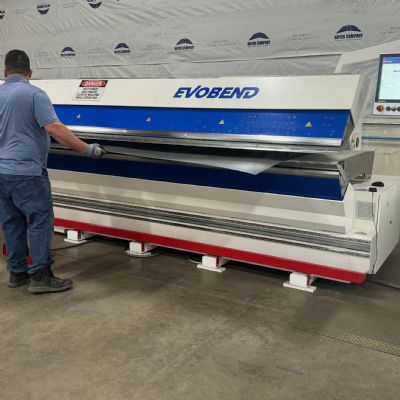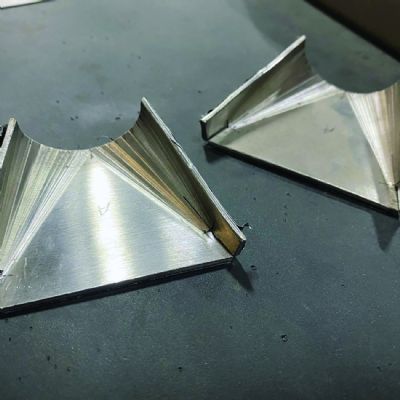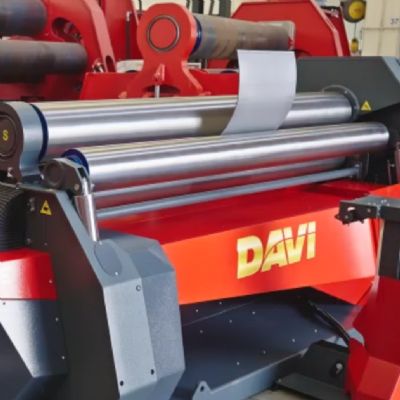Sensors Outside the Die
November 1, 2007Comments
There is much more to die protection than just placing sensors in the tooling. Other opportunities exist to avert a possible die crash by monitoring motions and energy in the general press area surrounding the running die. Think about the various fluids and air streams counted on to make the stamping process possible. We tend not to think of these as part of the die-protection program, but nothing could be further from the truth. Here is a list of some items to think about that relate directly to the proper functioning of the die.
Shakers and conveyor belts—These scrap- and part-removing press attachments are crucial to the proper functioning of the die. It is not rare for these devices to stop functioning and the scrap (or the parts) to build up into the die, causing a severe detonation of a die section (or more). Be vigilant in monitoring the shakers and conveyors. The motion of each must be sensed. If the shakers stop shaking or the conveyor stops moving, the die-protection system can stop the press and alert the operator to the nature of the problem.
Gas pressure—The delivery of pressurized air to the press area should be monitored with a pressure sensor. Likewise for pressurized nitrogen that may be used for cylinders in the die. These sensors should tie into the die-protection controls to stop the press and alert the operator.
Fluid pressure—Like air, we depend upon pressurized fluids to deliver energy or lubricity to various devices. Hydraulics are prevalent in some dies for the proper functioning of high-force cylinders. Likewise for the hydraulics used when clamping the die to the press. Oils are sprayed into the die with pressure. Monitor these pressurized fluids with the appropriate sensors and connect them to the die-protection control.








